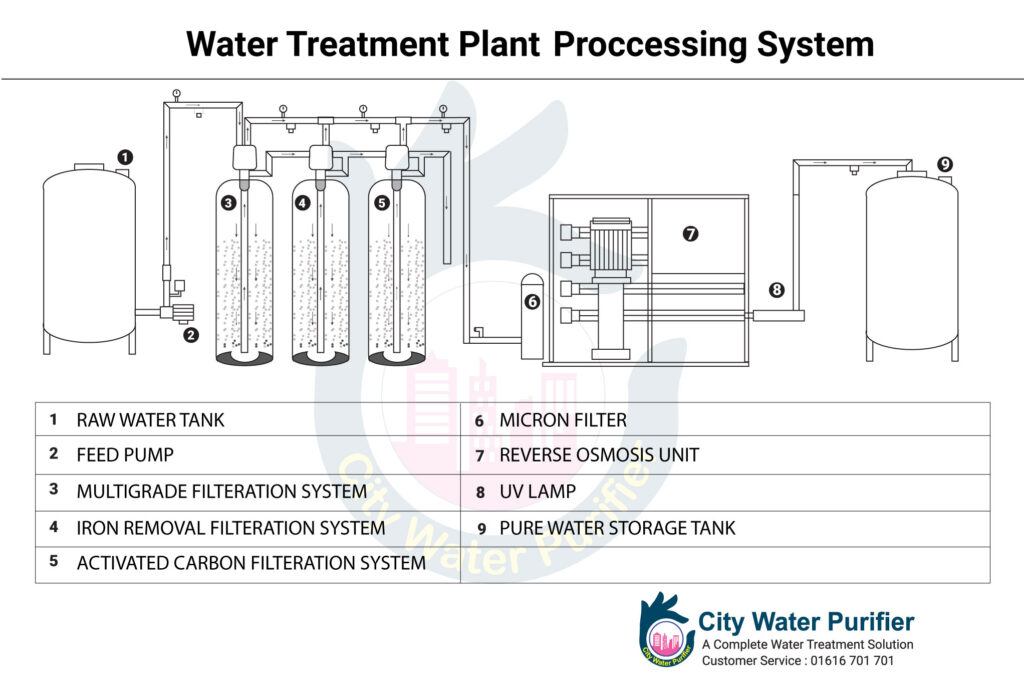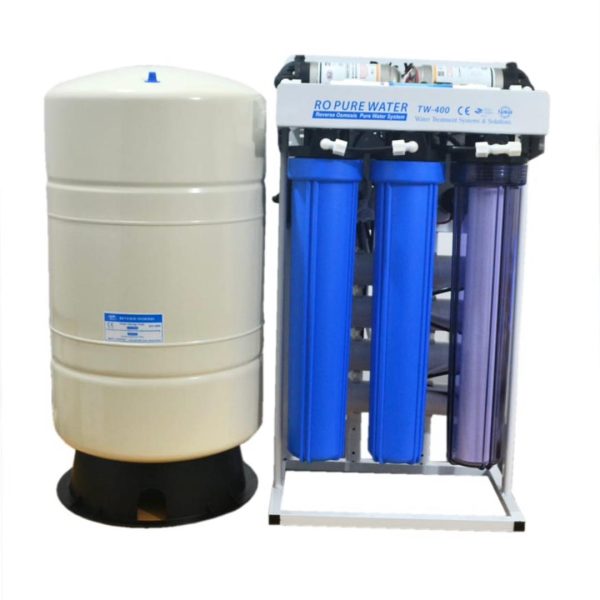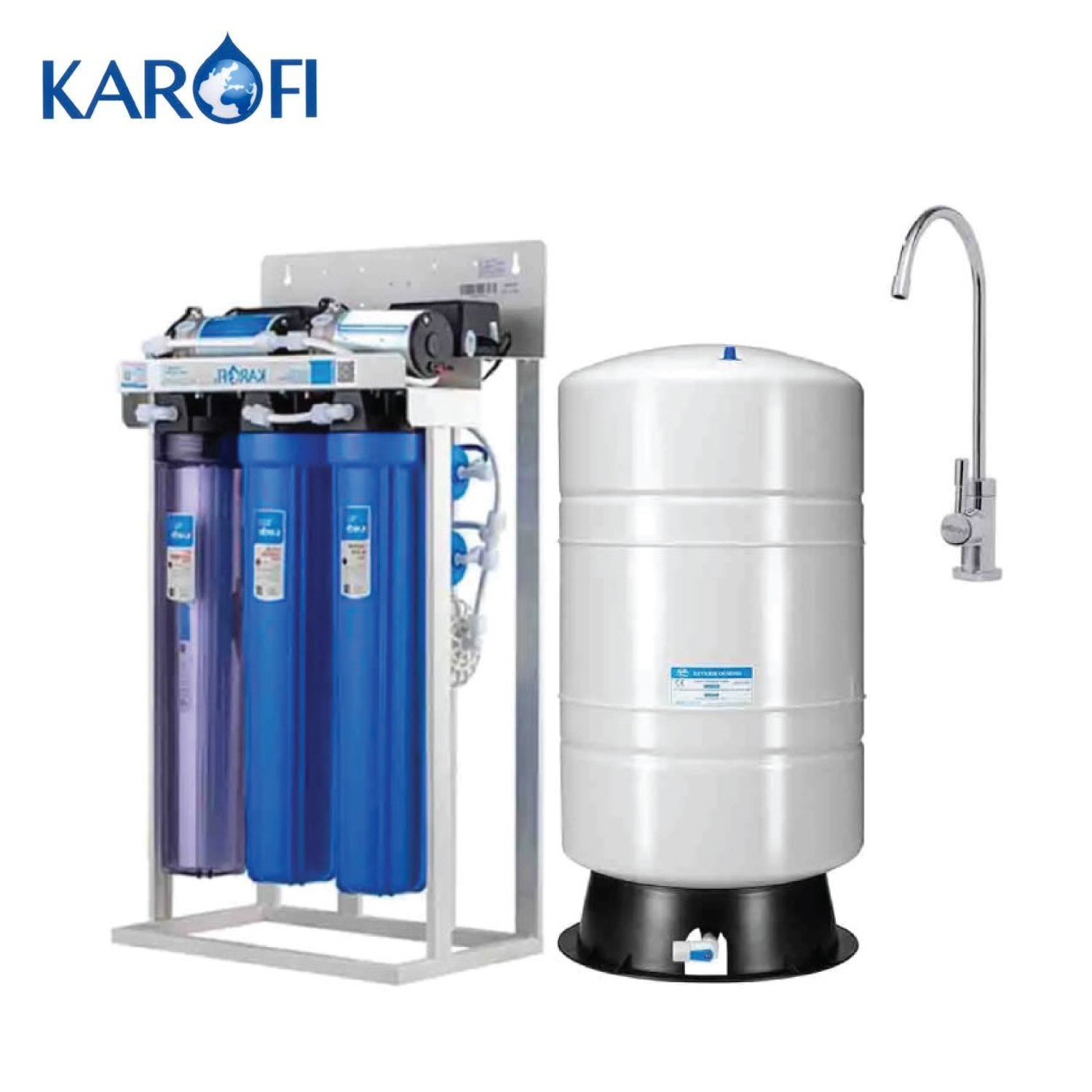Water Treatment
Showing all 9 results
-
Commercial Water Purifier
Sanaky 200 GPD COmmercial RO Water Filter (50-70 people)
Original price was: ৳ 50,000.00.৳ 44,500.00Current price is: ৳ 44,500.00. -
Commercial Water Purifier
Sanaky 400 GPD Commercial RO Water Filter (Upto-120 People)
Original price was: ৳ 60,000.00.৳ 54,500.00Current price is: ৳ 54,500.00. -
Commercial Water Purifier
Deng Yuan TW-200 RO Made In Taiwan Water Purifier
Original price was: ৳ 62,000.00.৳ 55,000.00Current price is: ৳ 55,000.00. -
Commercial Water Purifier
Deng Yuan TW-400 GPD RO Made In Taiwan Water Purifier
Original price was: ৳ 78,000.00.৳ 69,000.00Current price is: ৳ 69,000.00. -
Commercial Water Purifier
Karofi-200 GPD RO Water Purifier
Original price was: ৳ 58,000.00.৳ 40,500.00Current price is: ৳ 40,500.00. -
Commercial Water Purifier
Lan Shan RO-200G 5 Stage Water Purifier
Original price was: ৳ 52,000.00.৳ 49,000.00Current price is: ৳ 49,000.00. -
Commercial Water Purifier
Lan Shan RO-400G 5 Stage Water Purifier
Original price was: ৳ 63,000.00.৳ 60,000.00Current price is: ৳ 60,000.00. -
Commercial Water Purifier
Commercial Reverse Osmosis System (200 GPD RO)
Original price was: ৳ 38,000.00.৳ 30,000.00Current price is: ৳ 30,000.00. -
Commercial Water Purifier
Commercial Reverse Osmosis System (400 GPD RO)
Original price was: ৳ 44,000.00.৳ 38,000.00Current price is: ৳ 38,000.00.
Community Water Treatment
The United States’ drinking water supply is among the safest in the world. Even in the United States, waterborne bacteria such as Cryptosporidium, E. coli, Hepatitis A, Giardia intestinalis, and other pathogens can contaminate drinking water sources, causing illness and disease.
Water sources can be contaminated, and disease-causing contaminants must be eliminated through adequate treatment. Public drinking water systems use a range of water treatment technologies to provide safe drinking water to their populations. The following are the most frequent water treatment steps employed by community water systems today (mostly surface water treatment):
Coagulation and flocculation are two terms for the same thing
The first steps in water treatment are commonly coagulation and flocculation. Positively charged chemicals are added to the water. The positive charge of these compounds balances out the negative charge of dirt and other dissolved particles in the water. When this happens, the particles bind to the chemicals and form floc, which is a larger particle.
Sedimentation
Due to its weight, floc settles to the bottom of the water supply during sedimentation. This settling process is known as sedimentation.
Filtration
The clean water on top will pass through filters with a variety of compositions (sand, gravel, and charcoal) and pore widths to filter out dissolved particles like dust, parasites, bacteria, viruses, and other contaminants. chemicals until the floc has dropped to the bottom of the water supply.
Disinfection
After the water has been filtered, a disinfectant (such as chlorine or chloramine) can be added to kill any remaining parasites, bacteria, or viruses, as well as protect the water from pathogens when it is piped to homes and businesses.
On the Disinfection page, you may learn more about chloramine and chlorine water disinfection
Depending on the quality of the water that enters the treatment facility, water may be treated differently in different communities. Because lakes, rivers, and streams contain more silt and pollutants and are more likely to be contaminated than groundwater, surface water typically requires more treatment and filtration than groundwater.
Disinfection by-products, inorganic compounds, organic chemicals, and radionuclides may all be present in some water sources. Water treatment can also include specialized methods for regulating or removing them. Visit the National Drinking Water Clearinghouse’s Drinking Water Treatments Fact Sheet SeriesExternal to learn more about the various treatments for drinking water.
Visit the United States Environmental Protection Agency’s (EPA) Public Drinking Water Systems webpage external to learn more about the efforts taken to keep our water safe to drink. Visit the EPA’s Drinking Water ContaminantsExternal website to learn more about the 90+ toxins that the agency controls and why.
Fluoridation of drinking water
Fluoridation of public water supplies is a safe and effective way to prevent tooth decay. Fluoridation of drinking water has been considered one of the top ten public health achievements of the twentieth century 1. Visit the CDC’s Community Water Fluoridation page for additional information on the fluoridation process and to learn about your water system’s fluoridation.
Reports on Consumer Confidence
Every municipal water supplier is required to give an annual report to its consumers, known as a Consumer Confidence Report, or “CCR.” The report contains information on the quality of your local drinking water, including the source of the water, contaminants identified in the water, and how consumers may help protect drinking water.
Understanding Consumer Confidence Reports is a guide published by the Centers for Disease Control and Prevention (CDC).
Check to see if your CCR is available online.
from the outside (the United States Environmental Protection Agency Local Drinking Water Information)
Treatment of Domestic Water
Despite the fact that the Environmental Protection Agency monitors and sets criteria for public drinking water, many Americans use a home water treatment system to:
- Specific pollutants must be removed.
- Take extra precautions if one of your family members has a weakened immune system.
- Enhance the flavor of drinking water
There are two types of household water treatment systems: point-of-use and point-of-entryExternal (NSF). The majority of the water entering a home is treated by point-of-entry devices, which are typically installed after the water meter. Systems that purify water in batches and send it to a tap, such as a kitchen or a bathroom sink or an auxiliary faucet located next to a tap, are known as point-of-use systems.
The following are the most prevalent types of domestic water treatment systems:
Filtration Techniques
A water filter is a device that uses a physical barrier, chemical, and/or biological process to remove pollutants from water.

Softeners for Water
A water softener is a device that lowers the water’s hardness. A water softener replaces calcium and magnesium ions, the ions that cause “hardness,” with sodium or potassium ions.
Systems for Distillation
Distillation is a process that involves boiling dirty water and collecting and condensing the steam in a separate container, leaving behind many of the solid pollutants.
Disinfection
Chemical disinfectants include chlorine, chlorine dioxide, and ozone. Physical disinfectants include UV light, electronic radiation, and heat.





